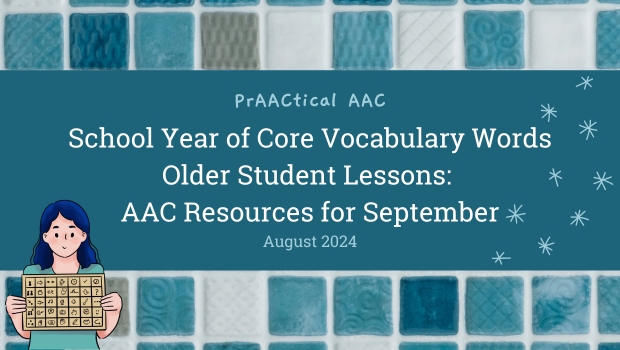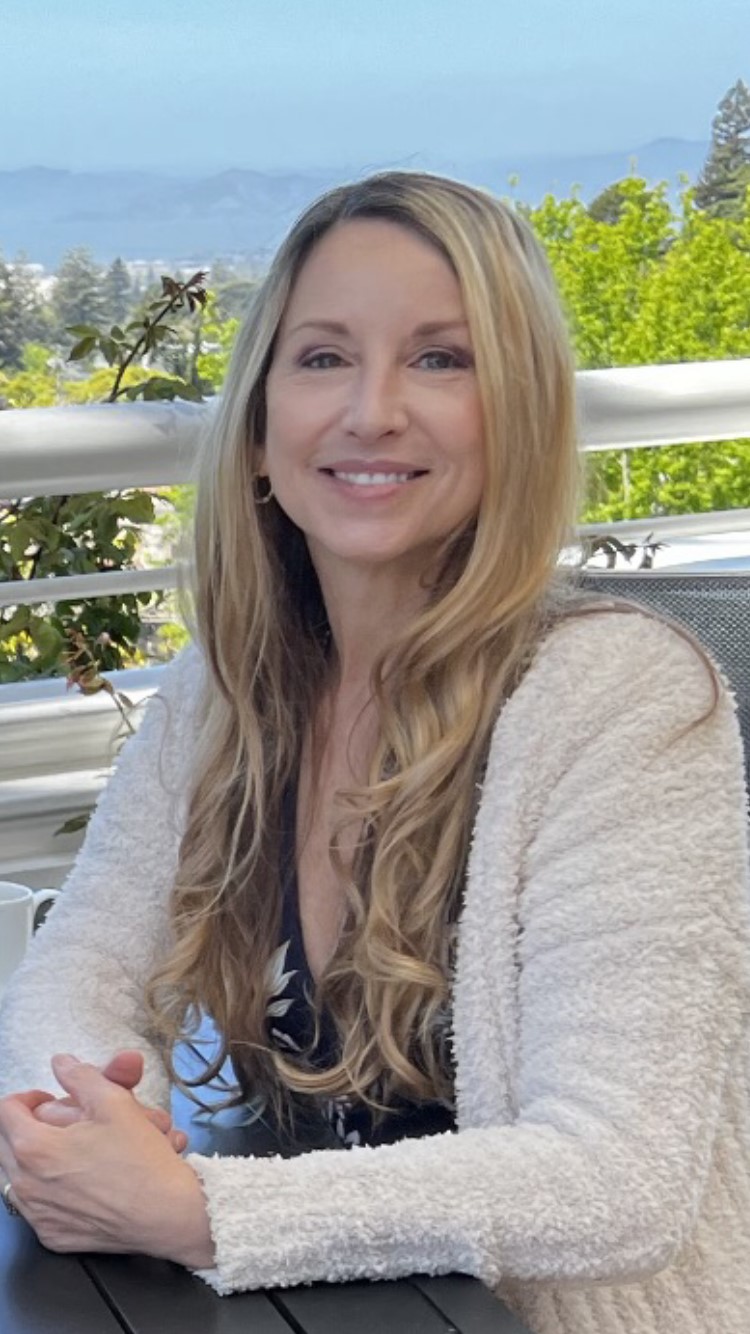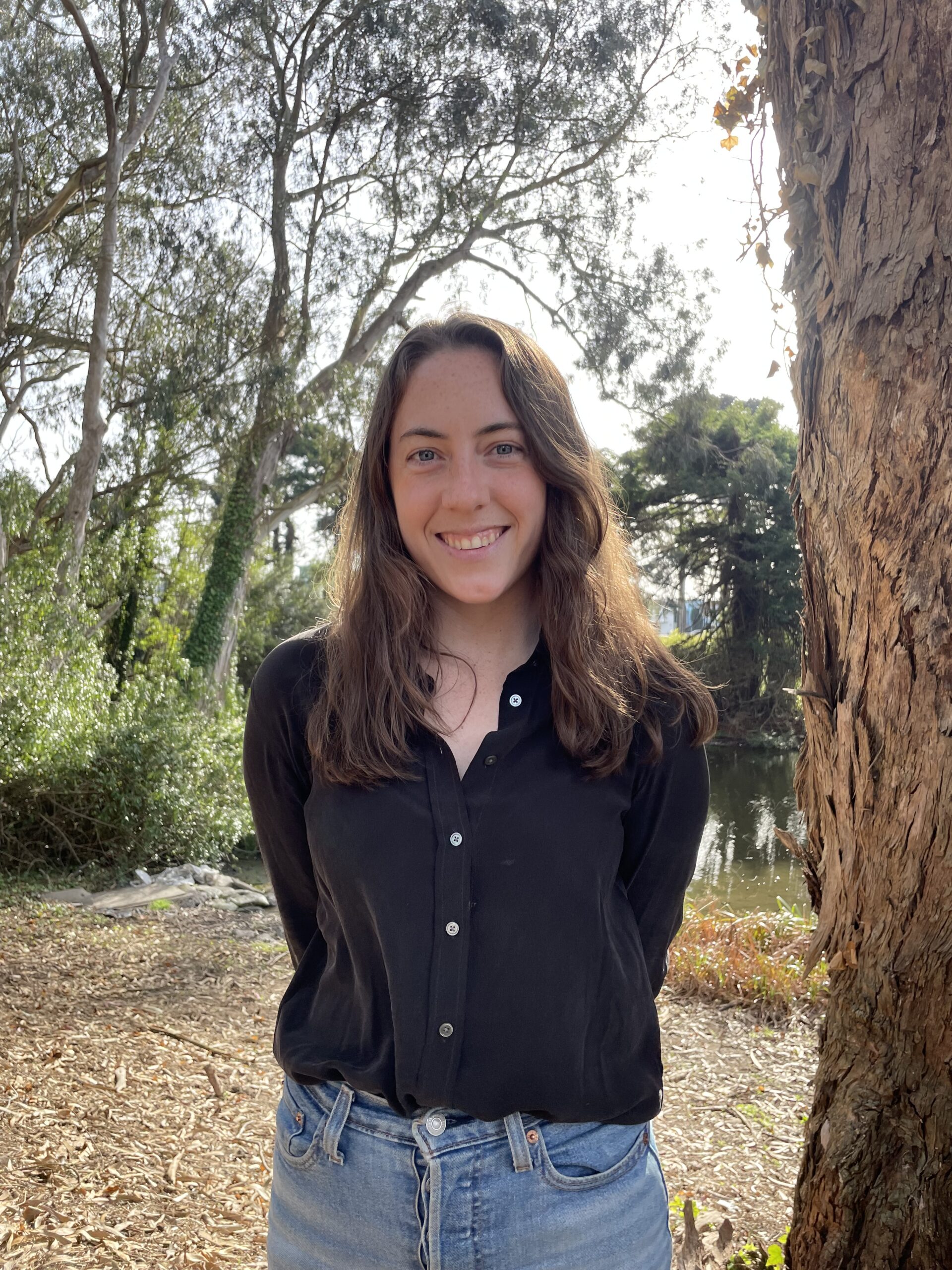School Year of Core Vocabulary Words – Older Student Lessons: AAC Resources for September

As August draws to a close, we welcome guest authors Michaela Sullivan and Lindsay Dougherty, who are back with another set of core vocabulary resources for teaching older students. Today, they share sets of curated materials and suggestions to help students gain fluency with the September core vocabulary words. They also discuss a key AAC support strategy, using pause time in AAC interactions.
SCHOOL YEAR OF CORE- Older Student Lessons
The Google Slide Resources
Access & Copy below:
INTRODUCTION- SEPTEMBER 2024
School is back in session across the country, and fall is upon us. This is a busy time of year as we prepare for the year ahead. We hope that the School Year of Core-Older Student Lessons (SYOC-OSL) resource can provide you and your students with additional support in learning about core vocabulary through thematic, engaging, and motivating activities and icebreakers. We’re holding space for you to make this the best, happiest, joy-filled, gratifying school year ever!
Welcome back to the School Year of Core- Older Student Lessons (SYOC-OSL) where we can celebrate the introduction, (or re-introduction) to core words and themes for the month of September; Community, Places and Hobbies. .
If you are not yet familiar with our resources, we invite you to review our materials in the hopes that you can find them useful to support your students and AAC learners. Please find the links to our slide decks at the top of this post. We invite you to make a copy of the slide deck and modify/adapt the lessons to meet your needs. We hope that these resources can support you all this year but also for years to come.
We would also like to mention that although these resources were created for AAC users, they can be utilized effectively with a variety of learners. Explore our collection with your older students/individuals, making sure to keep fun and the joy of learning in the forefront!
Septembers’ themes focus not only on Places and Community but also on Hobbies and Interests. Because it’s the beginning of the school year, we hope the engaging and thought provoking questions and activities will help you determine what your students interests and hobbies are, and the places they enjoy going.
We would love your honest feedback! Let us know what has been helpful and what could be improved so our project can continue to grow and change. If you have adapted the SYOC – OSLs to meet your unique needs, please feel free to share! We would love to add your creations to our collection of resources. Email us at schoolyearofcore@gmail.com
To further enrich your experience, download the corresponding Symbol Charts containing September Level 1 and Level 2 words. They can be used as hands-on low tech visuals, to keep your lessons on track. Also, feel free to download the accountability/data sheets to document progress.
We have provided over 250 slides of activities for September and it would seem almost impossible to complete all of the activities. Our motto is, “take what you want and leave the rest.” Choose lessons and activities to meet your needs, and save the rest for the next school year.
All Slide Decks contain:
- Icebreaker Activities, (e.g. Jokes, Would You Rather, National days)
- Monthly Language Resources Include:
- “Tell us a Story” slides: to support students to co-construct narratives about past experiences using meaningful photos given WH question scaffolds.
- “Get Off the Computer” suggestions for Shared Reading and Share a Word to Describe your Day: We added a few slides with Shared Reading suggestions and a topic/interest inventory where students/adults can share the topics they are most interested in.
- Self Care: We will review different topics through the lens of self care.
- Student Reflection Time: students can use a visual rating scale to share whether or not they enjoyed an activity.
- Symbol charts: include icons from a wide array of communication systems.
- Feelings Check-In: Including sentence frames and visuals
- Weekend reflection: Including visual icons and options.
- Music Choices: Listen to music corresponding to themes and core words
- Media: animated shorts and short, educational video clips
- Predictable chart writing
- Reading
- The Strategy of the Month is Wait Time.
We hope you enjoy the School Year of Core-Older Student Lessons for SEPTEMBER.
THE WORDS
Weeks 1-2:
- Level 1 Words: you, eat, drink, yes, no, put, see, sit
- Level 2 Words: was, did, jump, talk, smile, cry, spell, angry
Weeks 3-4:
- Level 1 Words: like, on, off, finish, name, do, read, what
- Level 2 Words: laugh, nervous, easy, hard, win, lose, those, What’s up?
THE SYMBOLS
You can download grids with the symbols for this month’s words from the lists below. These handy visual tools can help us remember what words to focus on and be useful in our intervention and instruction.
Level 1 Words
-
- Avaz
- CoughDrop
- LAMP Words for Life
- Wordpower 60 Basic
- Unity 45 Sequenced
- Unity 60 Sequenced
- Unity 84 Sequenced
- Blank Grid (add your own symbols)
Level 2 Words
- Avaz
- CoughDrop
- LAMP Words for Life
- Wordpower 60 Basic
- Unity 45 Sequenced
- Unity 60 Sequenced
- Unity 84 Sequenced
- Blank Grid (add your own symbols)
Strategy of the Month: WAIT TIME
As you know, persons who use AAC but not spoken language, or multimodal communicators require more time to think of, formulate and express themselves. Providing adequate ‘wait time’ is an important consideration for communication partners while interacting and engaging with persons who use AAC systems. Sometimes the need to ‘wait’ may seem uncomfortable at first but over time, practice, and when given focused attention, the amount of wait time needed for each individual will become more natural. As communication partners, we can wait expectantly for AAC users to respond and engage.
A study by Hilary Johanna Mathis, https://ir.canterbury.ac.nz/handle/10092/3878 revealed that the use of a wait time of up to 45 seconds supported users in expressing more words and engaging in more conversational turns. (Assistiveware)
Please find the following additional resources on providing wait time below. These resources will be helpful for individual learning and/or for team training.
RESOURCES
- Stand by!!… Allowing wait time for AAC, Oct. 2023, By CoughDrop Blog, https://blog.mycoughdrop.com/wait-allowing-wait-time-for-aac/
- The Do’s and Don’ts of Wait Time by Assistiveware https://www.assistiveware.com/blog/dos-and-donts-aac-wait-time#:~:text=A%20study%20by%
- On Not Talking (The Perfect Pause) by Carole Zangari https://praacticalaac.org/praactical/on-not-talking/
- How I do it: Teaching the AAC Helpers by Amanda Samperi https://praacticalaac.org/praactical/how-i-do-it-teaching-the-aac-helpers/
Videos:
- 5-3: Pause – Give Time for AAC Learning, Stepping into AAC, https://www.youtube.com/watch?v=4BXncabf2rI
- The Wonder of Wait Time, PrAACtical AAC, SLT Sophia Cormack of Speech in a Sec, https://praacticalaac.org/praactical/video-of-the-week-the-wonder-of-wait-time/, November 2022
- Hannah Foley & Rachel Madel – Importance of Wait Time for AAC Users https://www.youtube.com/watch?v=magq3jE4Yto (Talking with Tech)
- AAC Teletherapy: Pronouns, Modeling & Wait Time by Sarah Gregory SLP https://www.youtube.com/watch?v=PUJBedEeGTg (Sarah integrates the use of a visual timer to enhance awareness of wait time).
- AAC Tip #8 Wait https://www.youtube.com/watch?v=AbzD2kE7818 by AT Dept _ Staff – SpecialEducationSvcs
DATA COLLECTION & ACCOUNTABILITY FORMS
Taking data to measure performance and keeping track of our own modeling behavior are two things we can do to strengthen our AAC teaching. Here are some forms that you can use to support those efforts.
This posting is dedicated to all of the amazing Educators, SLP’s, parents, therapists and friends who are making a difference every day!
About the School Year of Core-Older Student Lessons Series Authors
 Michaela Sullivan is an SLP who specializes in the fields of AAC and AT. She currently works within the San Francisco Unified School District on the AAC Support Team where she works in a transition program and on special projects. Ms. Sullivan also has a private practice, Hands-On AAC. She has presented in the field of Speech-Language Pathology and AAC at state and national conventions. She was one of the creators of the Original School Year of Core first released in 2020 on the websites: PrAACtical AAC and AAC Language Lab. Ms. Sullivan works closely with San Francisco State with Project AAC for ALL, SYOC Bilingue and the TRAAC Project. Ms. Sullivan serves as a Board member, Treasurer and Volunteer for the Nika Project, providing services, supports, resources, training, and repurposed equipment to help meet the needs of individuals who use AAC systems both locally and internationally.
Michaela Sullivan is an SLP who specializes in the fields of AAC and AT. She currently works within the San Francisco Unified School District on the AAC Support Team where she works in a transition program and on special projects. Ms. Sullivan also has a private practice, Hands-On AAC. She has presented in the field of Speech-Language Pathology and AAC at state and national conventions. She was one of the creators of the Original School Year of Core first released in 2020 on the websites: PrAACtical AAC and AAC Language Lab. Ms. Sullivan works closely with San Francisco State with Project AAC for ALL, SYOC Bilingue and the TRAAC Project. Ms. Sullivan serves as a Board member, Treasurer and Volunteer for the Nika Project, providing services, supports, resources, training, and repurposed equipment to help meet the needs of individuals who use AAC systems both locally and internationally.
 Lindsay Dougherty is a Speech & Language Pathologist, with specializations in Autism and AAC. She currently works for San Francisco Unified School district, providing direct services to students with complex communication needs and supporting her fellow SLPs on the AAC Support Team. Lindsay works on a team of professionals, implementing a Language Systems First curriculum for Pre-K and Kindergarten classrooms across the school district. The team provides a universal language system, staff and parent training and AAC support to teachers and SLPs. She is also the faculty advisor of her middle school’s Best Buddies Club, where she supports students with disabilities in building meaningful friendships with peers.
Lindsay Dougherty is a Speech & Language Pathologist, with specializations in Autism and AAC. She currently works for San Francisco Unified School district, providing direct services to students with complex communication needs and supporting her fellow SLPs on the AAC Support Team. Lindsay works on a team of professionals, implementing a Language Systems First curriculum for Pre-K and Kindergarten classrooms across the school district. The team provides a universal language system, staff and parent training and AAC support to teachers and SLPs. She is also the faculty advisor of her middle school’s Best Buddies Club, where she supports students with disabilities in building meaningful friendships with peers.
Our Featured Core Contributors for the Month of September include:
Jadine Veluya, Christelle Marcelo and Joseph Cachapero
Filed under: Featured Posts
This post was written by Carole Zangari
